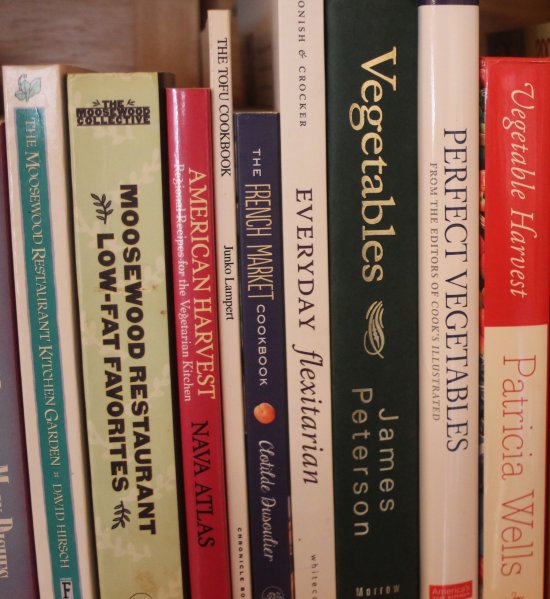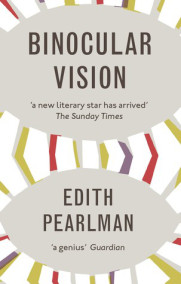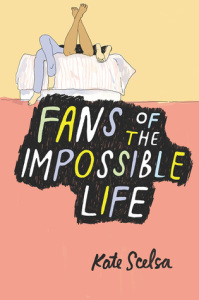In today’s post in this (short!) series of cookbook reviews, I am going to consider the two overview vegetable books I have in my home. (VEGETABLES, by James Peterson, and PERFECT VEGETABLES, by the friendly folk at Cook’s Illustrated.) Note, these are vegetable cook books, not necessarily vegetarian, let alone vegan. But again, it would be easy in nearly all cases to make substitutions (fermented tempeh, mushrooms?), and the purpose of both books is to showcase best cooking methods and the versatility of the vegetables so chosen here. These books would be useful, too, for someone transitioning from omnivore to vegetarian or vegan, without a desire to go through the “junk food vegan” phase. Vegetables are dang tasty in their own right, and the SAD standard American diet often gives them short shrift. (I once knew a newly-minted vegetarian who gained well over 50 pounds her first year – she hated vegetables (other than salsa!), and could more correctly be described as a starchitarian. This doesn’t need to happen.)
Again, I always switch my oils to healthier oils. Olive and extra virgin olive (low temps) to avocado or grape seed or coconut (regular or high temps). A splash of sesame oil as a garnish for flavor, but don’t cook with it.

Books on veggies, plus a couple books that are strictly vegetarian. Personally, I love perfect veggies. Crispy, not often fat-fried, but raw, or steamed or sauteed.
VEGETABLES. James Peterson’s recipes are tested, although not as severely as the Test Kitchen, but he brings a good perspective into the conversation, focusing on specific broad categories of food (in this case, plants), and writing extensively about it. Peterson writes about 64 veggies (a couple categories are combined together, as in Zucchini and Summer Squash are treated the same, which is logical). As well as standard veggies, he tackles a few veggies that are in the more rarified category: Fiddlehead Ferns, Kohlrabi, Burdock, Collard Greens, and Watercress. As a devotee of my local farmer’s markets, I am so glad to see all these things included! (Even though I am now allergic to fiddleheads, in the days when I could enjoy them, they were a stunning seasonal veggie sometimes even carried in a local supermarket. If you can eat this item, please do enjoy! I’ll salivate vicariously!!!) All cookbook authors consider tomatoes and tomatillos to be vegetables instead of fruits these days, and Peterson is understandably no different. General readers would MISS having a section on tomatoes! (I’d have to agree, taxonomy to the wayside!)
The first chapter discusses techniques for cooking: boiling, steaming, sautéing, deep frying, braising, broiling, glazing… There is a short discussion on the best ways to re-heat veggies. While this chapter could be longer, it has the info there at your fingertips. In the middle of the book, there’s a table for grilling tips – vegetable, preparation, cooking time/methods. There’s a section on how best to stuff pasta with vegetables. (You know: ravioli, dumplings.) And, of course, there are salads.
Peterson tells you what to assess for when evaluating your veggie purchase at the food stand, farmer’s market, or supermarket.
Each veggie comes with recipes. Yes, some of the recipes come with meat as well: “Brussels Sprouts with Bacon”; or, perhaps, using pork or duck fat with sautéed vegetables. There are work-arounds should you not wish to eat meat (or just pork or so forth). You may not get the same exact flavor profile, but if you are eating vegetarian or vegan, I’m assuming you wouldn’t want to!
Many (not all) of my favorite veggies are here. I will list a few below.
Asparagus. Peterson thinks that the thicker the stalks, the better. Actually, around here, I’ve gotten endeared with the pencil thin stalks, which I’ve grown to love. His cooking times and techniques do work well with thick stalks. I cut the time for my lovely thin stalks.
Beet (beetroot) info is invaluable. Do NOT discard the beet greens! (One of many reasons I hit farmers’ markets.)
There is a decent section on chilies.
I do appreciate that this book discusses recipes for Jerusalem artichokes, which I grow, and which can become (almost) invasive here in the northeast.
Legumes mentioned are: chickpeas, peas, shell peas (which covers most of the hard beans), and string beans.
Many varieties of mushrooms have short spaces devoted to them. I’d like to find a specific mushroom cookbook, however.
It is good to know the author differentiates between types of potatoes. Even though I don’t eat that many potatoes (I’m NOT a starchitarian), it would have been good if he’d written up a few more definitive potato recipes. That section is too short for a book that tries to encompass a lot of useful information on the world of vegetables. BUT, you will find more potato info in the back half of the book.
The first major half of the book discusses these veggies and more, the second half provides recipes that combine veggies and other foodstuffs (some with meat, some with out. This second half has chapter divisions as follows: Vegetable Salads, Fried Vegetables, Vegetable Gratins and Casseroles, Grilled Vegetables, Pasta Gnocchi and Rissoto, Pickles and Brine, Pureed Vegetables, Roasted Vegetables, Braising, Soups, Tasty Starters for Parties and Meals, and … a lot more.
The book isn’t long on photography, but there’s a centerfold section with actual photos of prepared dishes, and how-to demo photos. Sectioning tomatoes is rather useless, IMHO, but several of the other photographic techniques can be useful. There are a few photos of finished dishes.
The book contains some recipes from around the world, but I’d probably not use most these often in my kitchen. But I do recommend this book. There is a lot of info in here for the cook wanting to learn, or to expand horizons.

PERFECT VEGETABLES. Okay, perfection is in the eye (or taste bud) of the beholder, but most of these seem to be headed in that direction. If your dream is southern-style soggy, you may not find perfection here (or in the other book). This is the one from Cooks Illustrated.
We have 53 vegetable sections here, with zucchini and yellow summer squash again sensibly sharing the same chapter. Rutabagas and turnips share, too. Less usual veggies include Broccoli Rabe, Edamame, Escarole, Radicchio, Plantains. In each section, a “master recipe” (or two…) is highlighted, and some additional recipes on similar themes are also provided. And again, when it comes to Test Kitchen, I’ll both 1) try my best to use sugars on a limited basis, and more from more tart and savory sources than they do (NO NO NO, you do NOT need to add ANY sugar to mashed sweet potatoes, as they do in their “Master Recipe” – the things are called “sweet” for a reason!, and 2) I will tend towards healthy cooking fats and oils, which they don’t emphasize in any of their books. (YES, I plan to post a healthy cooking fat blog entry down the road. Probably not going to happen in 2017, but who knows?) But these are things simply to be aware of, and work your way around!
The cover asks, “Would you make 23 batches of oven fries to find the best version?” No. I eat fries (oven or otherwise) about five or six or seven times a year. But, I’m glad these folks are there to volunteer to do this and find the best for the rest of us.
The potato section of a cookbook such as this is a useful indicator: This book gives a more extensive overview of the various types of potatoes. While not definitive – you need someone studying the potato heritage of the Peruvian Andes for that! – this book goes well beyond the Peterson book in description and potential recipes (although I hate to admit, I only buy Yukon or related gold potatoes, although Russets are great for steak fries, which I’d never cook at home). The potato salad section discusses the best mayos to purchase, and hints as to how to make your own… and of course, when I go on picnics in hot weather, I don’t add mayo to this type of dish at all! Noting that I am not a frequent potato person (I WANT those 40 lbs to stay OFF), I’m pleased to see this cookbook has recipes geared towards potato type, and which people can cook with, when some starch is decidedly indicated in a food plan.
They have great ideas for asparagus — a LOT of great asparagus plans. I’d say asparagus is one of my top fave veggies, actually. I may not be interested in the high carb suggestions (for the most part), but this book goes to town on asparagus.
The avocado section is good.
The bok choy section does give you indicators for types of bok choy/brassica veggies. A truly worthwhile section of this book.
There are a lot more sections for brassica veggies… all extremely worthwhile but for the sake of space, I’ll let you surf, yourself.
At the end of the book, past the list of veggies, is a chapter on making vegetable soup This is worth it.
This book also has a centerfold of (small) color photos. (And the cover photo IS steak fries…)
Another great feature, especially since this book has been recently published, and is reasonably up to date on cookware: they have cookware recommendations. (Both Consumer Reports and ATC recommended the main paring knife I do have.) There are illos for preparing, say, broccoli. And cleaning a garlic press. I may have missed their garlic press recommendation, but I’d say, go for the Pampered Chef one… YMMV.
This culinary explorative book is highly recommended. If you want books in your kitchen, in addition to any of your favorite online blog recipe links, I’d seriously recommend both these books.
Would I recommend one of these over the others? No, I’d suggest getting both. Essentially, they complement each other, and fill in holes the other will leave out. Although if you need equipment recommendations should you be starting out, I’d probably buy the Cook’s Illustrated book first.
Advertisements Like this:Like Loading... Related





